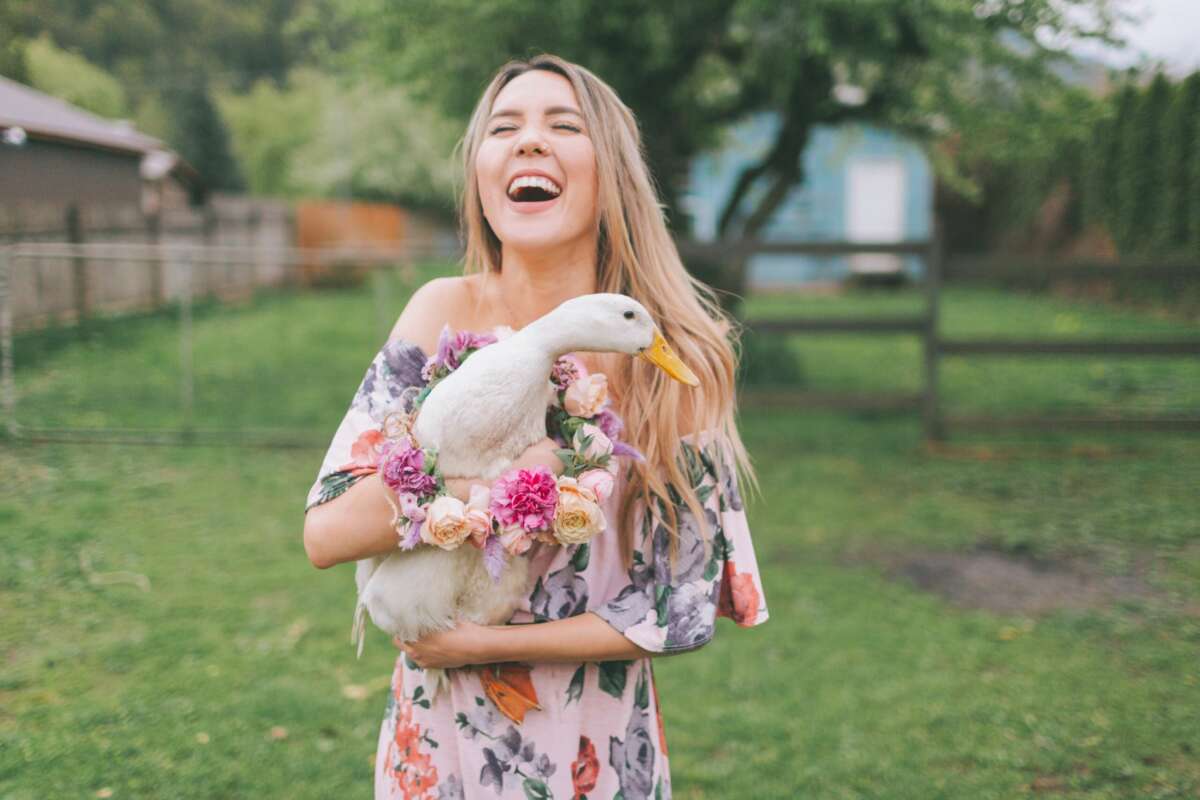It’s not uncommon to hear people who are not all that engaged in the topic state that luxury brands are basically all the same – meaning that they’re expensive, elite, and exclusive.
(I should note for the record that I am capable of saying that all football teams are basically the same, and I am certain that there are those who would beg to differ. But I digress.)
Take a closer look, you who would dismiss the luxury category as a uniformly gilded empire, and you will see that it is anything but uniform. There are as many kinds of luxury as there are types of people in the world – which makes it incredibly fascinating to explore.
Having rambled around the shopping precincts of Paris and New York in recent weeks (all in the name of research, of course), it struck me how luxury can mean diametrically opposed things within the exact same product category. Witness:
–Ugly versus beautiful (Prada’s assertively “unattractive” apparel versus the refined loveliness of Dior)
–Cocooning versus provoking discomfort (living in the soothing bubble of a Four Seasons resort versus extreme adventure travel)
–Simplicity versus complexity (Natura Bisse’s all-in-one cleanser versus a 10-step Korean beauty ritual that takes 45 minutes to complete)
–“Low-touch luxury” versus high-touch personal interaction (This one may be generational. My ideal check-in process at a hotel is people swarming me, taking my bag, offering me a beverage, and escorting me to my room for a private check-in away from the prying eyes of my fellow guests. But a friend – and yes, he is about 20 years younger than me – said that his ideal check-in process at a luxury hotel would be going to a kiosk, choosing exactly the room he wants, getting a key and going to his room without ever talking to anyone on the hotel staff. If he wants to talk to someone, he’ll call. But he probably won’t want to talk to anyone. He swears it’s a millennial thing. It could be a guy thing, though. Not sure.)
–Inclusive versus exclusive (Burberry streams its fashion shows live for all to see, whereas in 2015 Dolce & Gabbana flew only their very best clients to a private island off the coast of Capri to show their Alta Moda haute couture collection)
How great is the luxury business? It’s high-margin, so brands have the resources to create a unique offering targeting a small audience with shared tastes and desires. No watering-down to the least common denominator, and no fear of offending someone (instead you get style points for being provocative). In tech, media, and finance, even the most ground-breaking products tend to converge over time and commodify. In luxury, you get exactly what you want. Which as one marketer has already pointed out, is priceless.







